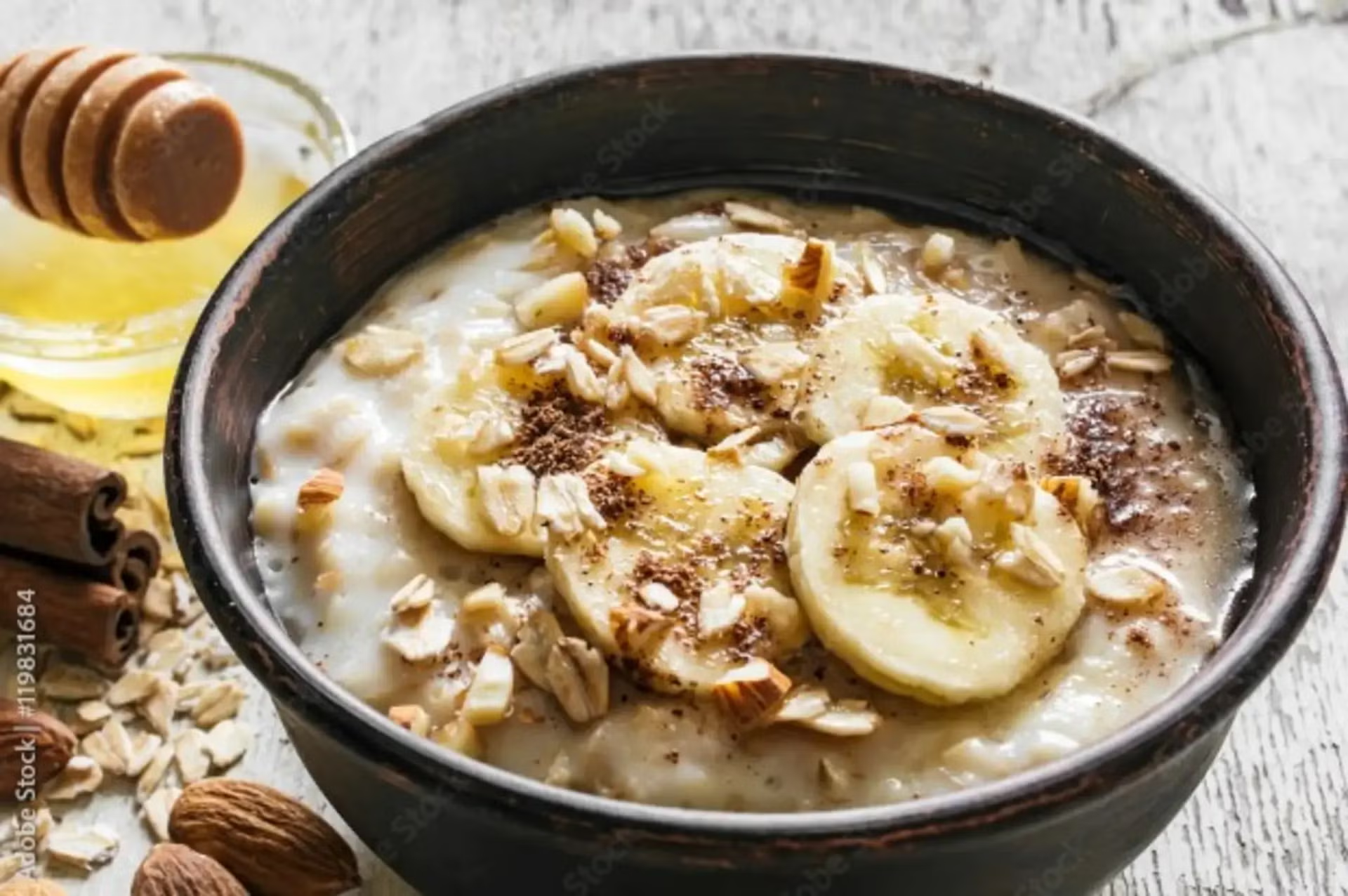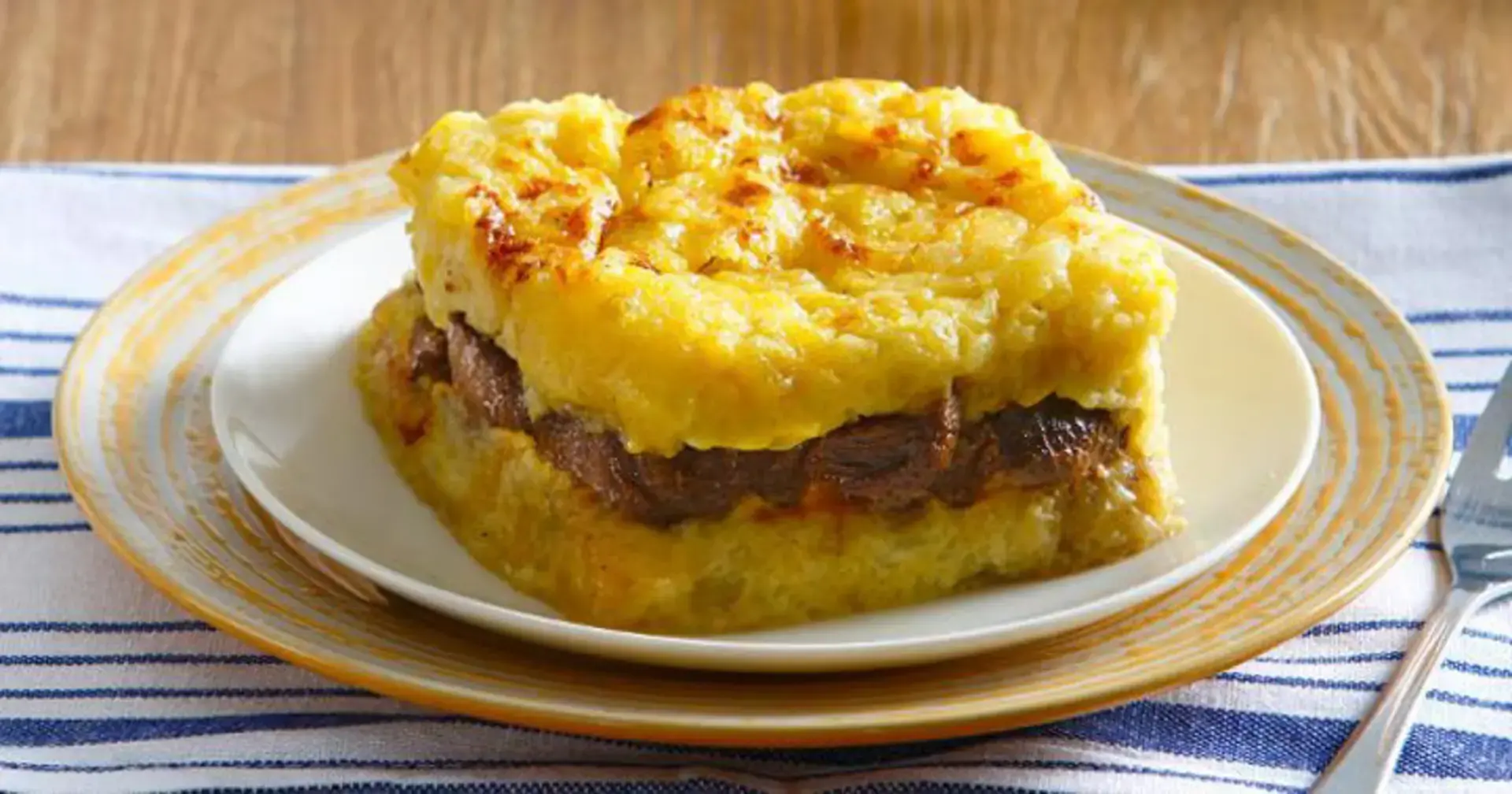Those of us who have decided to start on our healthy eating journey may have done so because of a number of reasons. Some want to lead a healthier life, while others do it out of necessity. Whatever your reason may be, we’re sure that you’ve come across terms such as “sugar-free,” “dairy-free,” and “gluten-free”. But what do they really mean? And what are the alternatives available to you?

Discover the advantages and alternatives of adopting a sugar-free, dairy-free, and gluten-free lifestyle. Gain insights into the importance of scrutinizing food labels to evade concealed sugars and explore natural sources for your sugar intake. For those grappling with lactose intolerance or milk allergies, we provide recommendations for plant-based milk substitutes such as soy, almond, coconut, and oat milk. Transform your dietary habits today!
Did you know that some sugars may be hiding in plain sight? It’s true! Just because the food label doesn’t contain the word, “sugar”, it doesn’t mean that it is totally devoid of it. In fact, there are over 60 names for sugar! These can range from syrups, concentrates, and ingredients that end in “-ose.” That’s why it’s important to read food labels, so you can determine if the sugar added may be so much more than what you need or want to consume.
Don’t get us wrong. Sugar is an important aspect of a balanced diet, especially when it comes to energy. But when given a chance, you might want to consider getting it from more natural sources such as vegetables, fruits, lean meats, poultry, tofu, fish, unprocessed grains, legumes, nuts, and seeds.
To help you in your sugar-free journey, you may want to try your hand at meal planning—and yes, that includes your snacks! When you stick to your shopping list based on a meal plan, it’s so much easier to bypass the sweets and sodas in the supermarket.
To tolerate or not to tolerate? No, we’re not advocating for you to give milk the cold shoulder. But if you do experience some discomfort after wolfing down that bowl of ice cream, you might want to check if you have lactose intolerance or milk allergy.
When you have either of these conditions, it’s best to go dairy-free—but don’t worry! There are several plant-based milk substitutes you can choose from. Soy, almond, coconut, and oat milk are the most popular ones that you can enjoy without guilt and without worry.
Dairy is also a source of protein—which you can get from other food sources. Lean meat is a good source of protein, but if you’re avoiding animal products altogether, other sources of protein include soy milk, eggs, beans, lentils, legumes, nuts, and seeds. Meanwhile, you can get calcium for kale, chia seeds, or okra.
We’ve all heard this phrase from our favorite fitness and food influencers. But what does it mean, really? The quick explanation is that gluten is a protein found in wheat and a few other grains that some bread, pasta, or crackers are made from. The thing is, there are some people who are allergic to it. If you are, then it’s best to look for gluten-free alternatives such as rice, potatoes, and quinoa.
If you do want to jump on this trendy diet, you are more than welcome to do so! Even though there are no medically-proven advantages to going on a gluten-free diet, it doesn’t hurt to have more variety. There are also gluten-free desserts widely available if you need to satisfy that sweet tooth! Fruits and veggies are also perfect if you plan on doing a gluten-free diet.
Going sugar-free, dairy-free, or gluten-free may seem challenging at first, but now that you know the alternatives you have, you can start planning your meals to make sure you get the nutrients that you need, without worries.





